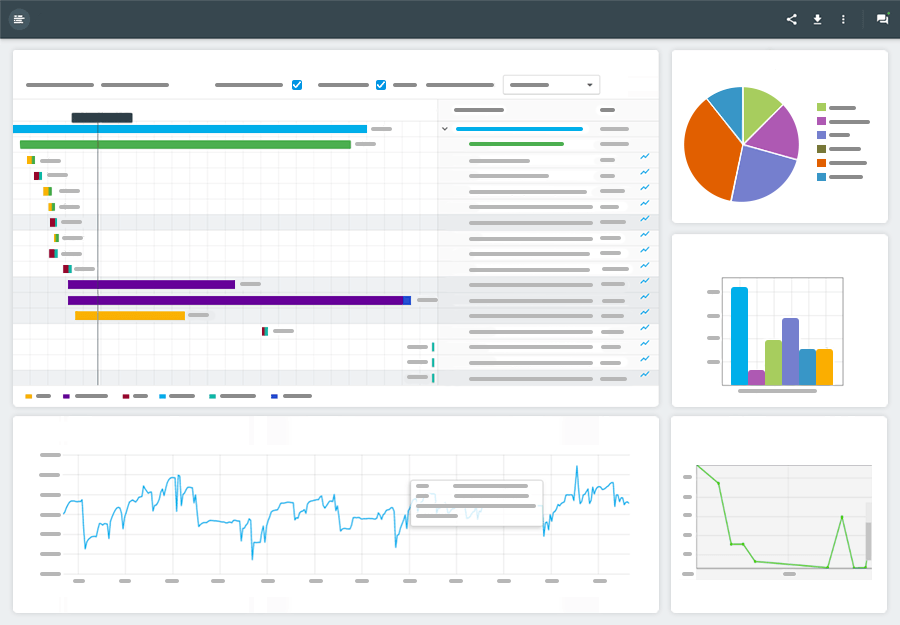 When it comes to determining the root cause of an underperforming website, there’s literally dozens of potential culprits. From a low-quality web host, to unoptimized images, determining the main issue of a slow website isn’t always an easy task.
When it comes to determining the root cause of an underperforming website, there’s literally dozens of potential culprits. From a low-quality web host, to unoptimized images, determining the main issue of a slow website isn’t always an easy task.
If you’ve performed a variety of optimization techniques, but your website still loads slower than a snail, you may need to look deeper into the actual construction of the site. In some cases, the primary cause of a slow and underperforming website isn’t on-page construction, but rather, the actual code powering your website.
The Impact of Bulky Website Code
Imagine trying to hike a mountain while wearing a 100 pound backpack. You probably wouldn’t move as quickly as you would if your backpack was 90 pounds lighter. This is the same concept of dense website code. While your site still performs its essential functions, the speed at which it executes its various tasks is slowed by the cheer weight of dense, bulky code.
According to a study of websites, the average website has reached enormous sizes, and also includes an astronomical average of 96 HTTP requests. What does all this mean? In essence, it means in the quest to build a dynamic and content-rich platform, the majority of websites have sacrificed speed and functionality for flashy graphics and unique capabilities.
There are many different reasons why this is the case, but in terms of its impact on performance, there are several primary ways dense website code negatively effects your underperforming website. These include:
- Bulky and dense website code takes a significant amount of time to download. Not every end-user has access to dynamic connections, which means you’ll end up with many users simply exiting your site before they even see the final website.
- Think bulky and dense website code only affects end-users? Think again! Inefficient website code can prove detrimental to your SEO efforts for many reasons. The most common is Google crawlers are unable to verify specific elements of your site as they’re improperly placed or simply lost in a sea of code. Of course, since bulky code slows your site performance, you’ll get dinged by having an undesirable speed.
3 Easy Ways to Optimize Website Code
While the ultimate solution for bulky website code may be to completely overhaul its design, there are several easier methods to help provide instant increase in page load times. While some of these may not be accurate based on your current situation, you’ll likely find relief by applying one or all to your site:
- Clear the Whitespace – Does your site code have a lot of whitespace? While this may look visually clean, these empty rows can add some serious bulk to your overall code. Eliminate whitespace for a noticeable boost in speed.
- Inline Styles – Did you know that excessive inline styles can really slow down the performance of your site? If you’re looking for an easier way to clean up your dense code, cut back (or completely eliminate) inline styles.
- External Stylesheets – Using CSS and Javascript external documents adds to the total page load time. Get rid of, or condense, these stylesheets for an immediate boost in speed.


